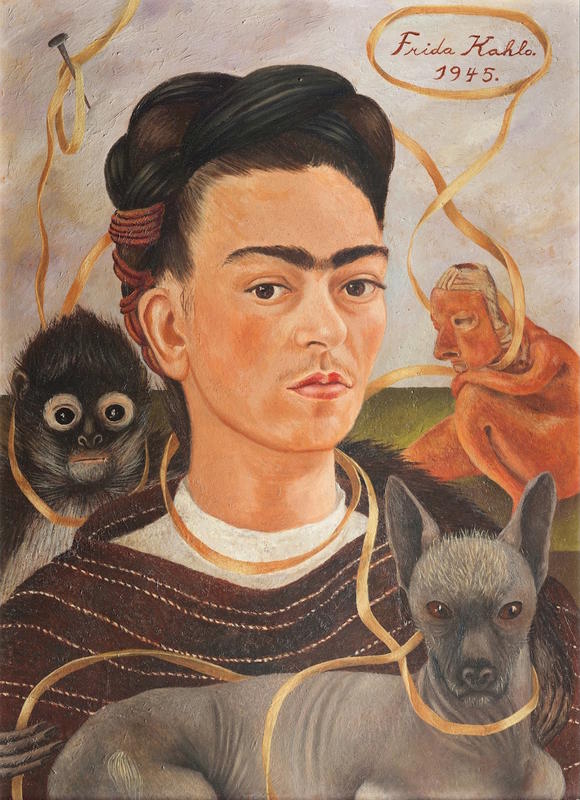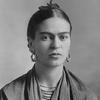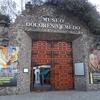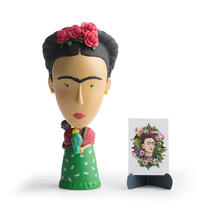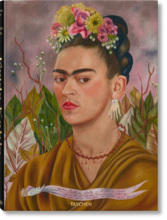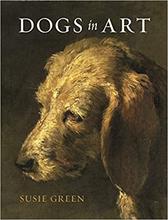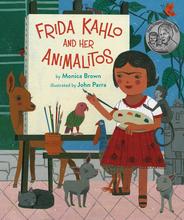More about Self-portrait with Small Monkey
- All
- Info
- Shop

Contributor
What do Frida, a hairless dog, a monkey, and a statue have to do with politics?
It’s hard not to be a fan of Frida and part of what makes her so popular is how dang clever she is.
When Frida finished this painting in 1945, this was the first work she had done in a long time that had absolutely no reference to Diego Rivera or to her infamous trolley car accident. At the time that she started work on this piece Frida was struggling with depression and she was working hard to console herself, both through her art and her politics.
She had rejoined the Communist Party in Mexico and subscribed to the indigenismo political ideology. Indigenismo was a popular movement in both Latin America and Europe that supported the idea that new Latin American governments should work with, not against, indigenous politics and people. Although Frida was half German, she had always identified more with her Mexican heritage and their struggle to keep their culture alive in Latin America. This work, in her own words, was a “wish to be worthy, with my paintings, of the people to whom I belong and to the ideas which strengthen me” by connecting indigenous religious beliefs and indigenismo politics.
The work is a pre-Lion King representation of the circle of life. Frida uses the ribbon running through the work to represent lifelines, and the lifeline in this work connects Frida to her pet monkey, a statue, and her (here’s a fun word) Xoloitzcuintli dog, Señor Xolotl.
How does a lifeline connecting a lady to her pets and knick-knacks equal the circle of life? Great question. Well, because Frida could never have children she often used her pets as symbolic substitutes for human children, both in her works and in real life. That’s where the monkey comes in: he represents new life.
Señor Xolotl on the other hand represents his namesake, Xolotl, the Aztec god of fire, lightning, deformities, and death. The Aztecs believed that Xoloitzcuintli would guide departed souls through the 9 levels of Hell and would often sacrifice the dogs after their owners had passed away to be sure the dog would be there to help their owner to their resting place. Besides being significant in death, Xolo doggies are also one of the world’s oldest dog breeds and have been used for generations by indigenous peoples to treat various ailments using the dog’s toasty warm skin. That’s probably part of why Frida liked them so much, given how much daily pain she was in throughout her life.
As for the little dude behind Frida and her dog, that is a pre-Columbian Aztec sculpture. It’s difficult to say exactly what it was of or why it existed to begin with, but it was included in the painting to further solidify the connection that Frida was trying to make between past, present, and future. At first glance it’s not one of her most impressive paintings, but there’s no denying that Frida was insanely clever in conveying her political message.
Sources
- "Self Portrait With Small Monkey, 1945 - By Frida Kahlo". 2017. Frida Kahlo. https://www.fridakahlo.org/self-portrait-with-small-monkey.jsp.
- "Self-Portrait With Small Monkey - Frida Kahlo". 2017. Google Cultural Institute. https://www.google.com/culturalinstitute/beta/asset/self-portrait-with-….
- Stechler, Amy. 2008. "The Life And Times Of Frida Kahlo . Life Of Frida . Timeline". Pbs.Org. http://www.pbs.org/weta/fridakahlo/life/timeline_1940.html.
- Marentes, Luis. 2017. "Latino Indigenismo In A Comparative Perspective". Oxfordbibliographies.Com. http://www.oxfordbibliographies.com/view/document/obo-9780199913701/obo….
- Muscato, Christopher. 2017. "The Aztec God Xolotl: Mythology & History". Study.Com. https://study.com/academy/lesson/the-aztec-god-xolotl-mythology-history….
- "Xoloitzcuintli Dog Breed Information". 2017. American Kennel Club. http://www.akc.org/dog-breeds/xoloitzcuintli/.

